We used our extensive database of patent prosecution documents to identify patent attorneys and agents with the highest performance, based on their ability to overcome 101 rejections, considering both granted patents and applications in which all 101s were overcome but that may not have ultimately issued for other reasons. The seven women selected for recognition boast exceptional track records, having each successfully prosecuted between fifty and ninety applications facing 101 rejections at time of publication. Such achievement rightly affords best-in-class status, placing our recipients within the top 0.3% of patent prosecutors in this challenging field.
Subject matter eligibility rejections, particularly post-Alice, are notoriously among the thorniest faced by patent prosecutors. As guidance and rulings surrounding this area of law have taken form so dynamically over the past seven years, the success of our featured patent attorneys and agents is not only a testament to their considerable acumen, but demonstrates a remarkable mental flexibility. Moreover, as several of our featured attorneys and agents note, significant variability in interpreting these changing standards means that it is often necessary to create diverse strategies to situate legal arguments for each response within the context both of the claimed technology and assigned art unit. Doing so can help to break through boiler-plate language and get to promising arguments or amendments. Our selectees additionally speak to the importance of getting to know the preferences of individual examiners, often exercising finesse in working creatively and collaboratively with the examiner and relevant supervisors to lay the groundwork for allowance during the interview phase and beyond.
It is our belief that there can be no more powerful opportunity for learning how to succeed than to draw upon the knowledge and experience of those who have already achieved it. For this reason, we asked each of the seven women featured if she would be willing to share insights into the practices that contributed to her impressive results. Below you will find a bio for each recipient followed by a practice tip that each personally contributed, designed to offer guidance to new practitioners facing 101 rejections.
Yvonne Morriss
IP Toolworks Cofounder and CEO
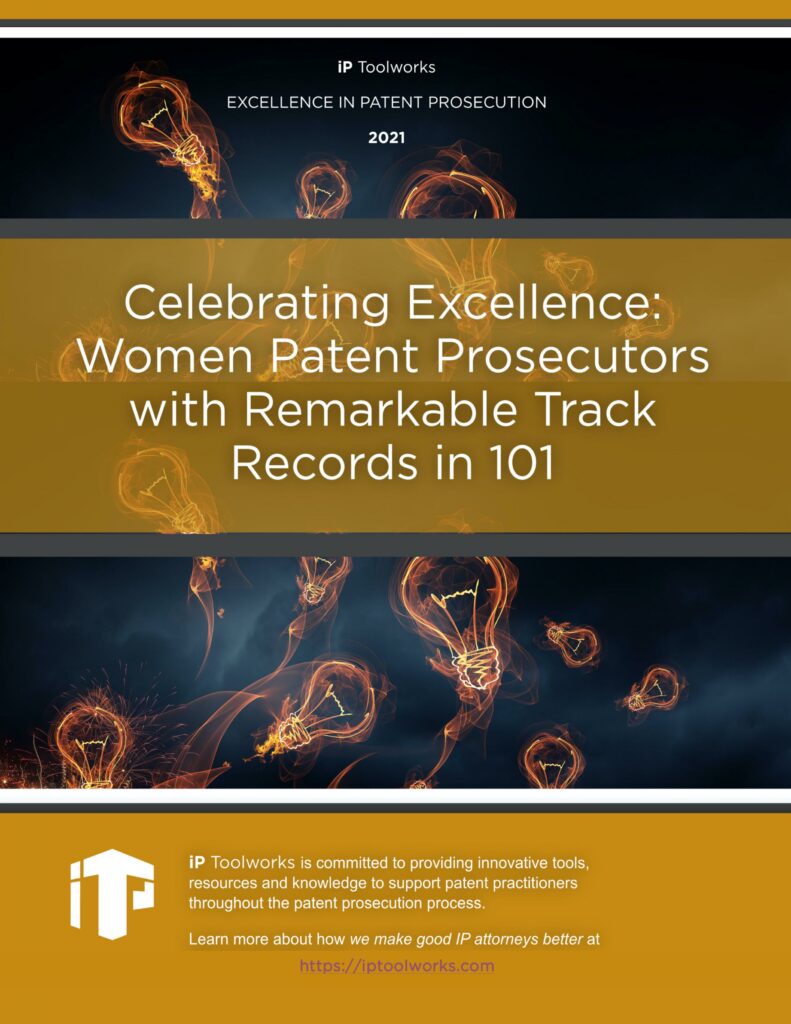

Anne Davis Barry
Cantor Colburn LLP
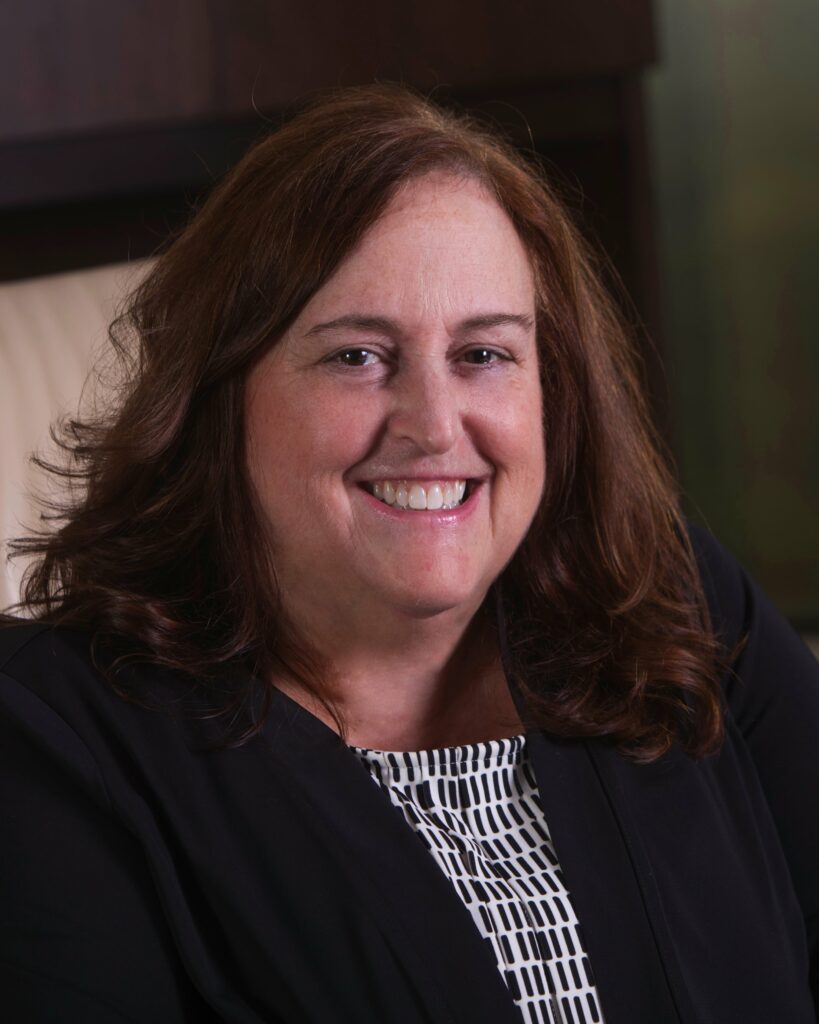
Anne Davis Barry is a Partner at Cantor Colburn LLP and co-chairs the Computer Science Practice Group. She is responsible for leading her team in securing patent protection to meet client product launch deadlines; for partnering with clients on-site in patent mining sessions to form patent protection strategies; and for management of final work product of associates. Anne focuses her practice on obtaining patents in computer technologies including computer hardware, databases, networks and operating systems, as well as cloud computing, artificial intelligence, and software applications to solve real-world problems. Her experience also encompasses drafting opinions and providing support for patent litigation.
Prior to her legal career, Anne worked for IBM for more than 15 years in various technical positions including computer programmer and on the implementation of database and storage technologies at client locations. As an IBM Certified Project Manager, she successfully managed several large fixed-price consulting projects. Anne is an Adjunct Professor at UConn Law, where she has been teaching both Intros to Patent Law and Advanced Topics in Patent Law since 2002.
Practice Tip [for new attorneys facing subject matter eligibility rejections]:
You have received an Office Action from the PTO stating that your client’s patent application has been rejected under Section 101 as being directed to ineligible subject matter. You are grappling with how to respond to the rejection as there are still a wide range of interpretations and applications of the Alice decision and its progeny by Examiners (see e.g., “Adjusting to Alice” at uspto.gov). All is not lost! There is something that you can do that has a real of chance of giving you the direction that you need to address the 101 rejection and to advance prosecution of your client’s patent application: schedule a thirty-minute interview with the Examiner.
Prepare for the interview by reviewing the latest PTO Subject Matter Eligibility Guidance and finding the examples of eligible subject matter that are most like your case. Create an agenda for the interview that points out these examples while being mindful that the agenda will become part of the record. Be sure to send the agenda to the Examiner a couple of days in advance of the interview so that they have time to prepare for the interview. During the interview, be respectful and actively listen to the Examiner’s position and pursue suggestions they have for getting around the 101 rejection. Once you understand the Examiner’s position, you can better advocate for your client during the interview and when responding to the Office Action. Examiner interviews, which provide the chance to have a conversation with the Examiner, are an important patent prosecution tool that should not be overlooked, particularly when faced with a 101 rejection.
During the interview, be respectful and actively listen to the Examiner’s position as well as any suggestions they have for getting around the 101 rejection. Once you understand the Examiner’s position you can better advocate for your client during the interview and when responding to the Office Action.

Kelly S. Horn
Finnegan, Henderson, Farabow, Garrett & Dunner
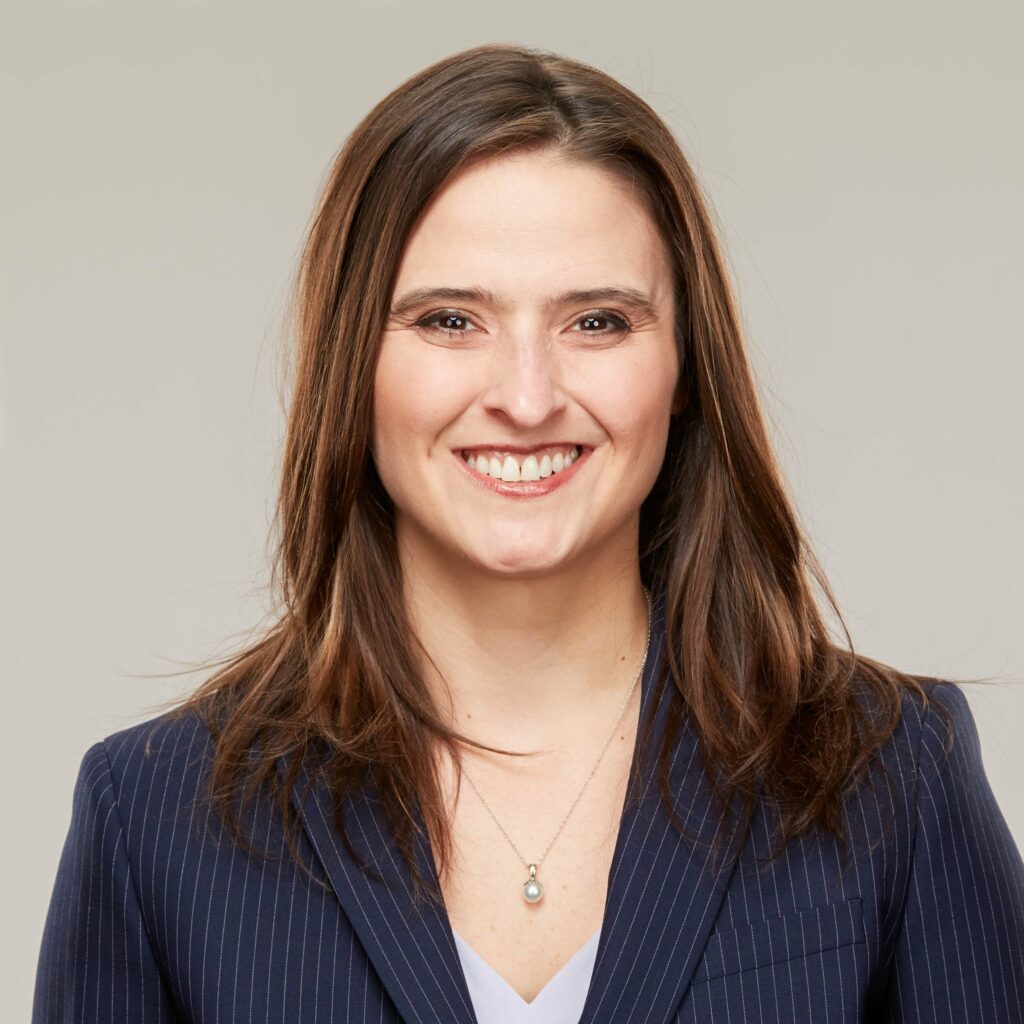
As a registered patent attorney, Kelly Horn combines her extensive knowledge of Patent Office practice with her experience as a patent litigator to help clients build, assert, and defend strategic portfolios of utility and design patents worldwide. She maintains an active patent prosecution and counseling practice and draws on her experience before the USPTO to help clients assert and defend patent infringement claims before the U.S. International Trade Commission (ITC) and in U.S. district courts.
Kelly’s technical experience spans a broad range of technologies, including medical imaging, biosurgical products, welding systems, control systems, automotive systems, power production systems, blockchain technology, and communications systems. Prior to entering the legal field, Kelly performed undergraduate research in bioinformatics and completed a graduate thesis directed to the engineering of magnetic viral nanoheaters for the targeted hyperthermic treatment of cancer. She has worked for Johnson & Johnson, performing research within its medical device division. Kelly also represents clients including military veterans and disabled Americans on a pro bono basis before the U.S. Court of Appeals for Veterans Claims and the Social Security Administration (SSA).
Practice Tip:
Don’t hesitate to conduct Examiner interviews early in prosecution, even after receiving the first non-final Office Action. If you prepare with a proposed amendment and 1-2 of your best arguments based on the amendment, the Examiner will usually provide guidance as to whether the amendment will likely overcome the Section 101 rejection or needs to be adjusted. Because each art unit has interpreted the USPTO and court guidance slightly differently for the subject matter in that unit, the Examiner can be a helpful resource in tailoring your amendments and arguments in a subject matter specific manner. By conducting early interviews and getting Examiner feedback before multiple rounds of prosecution, prosecution can often be compacted.
Because each art unit has interpreted the USPTO and court guidance slightly differently for the subject matter in that unit, the Examiner can be a helpful resource in tailoring your amendments and arguments in a subject matter specific manner.

Bea Koempel-Thomas
Lee & Hayes
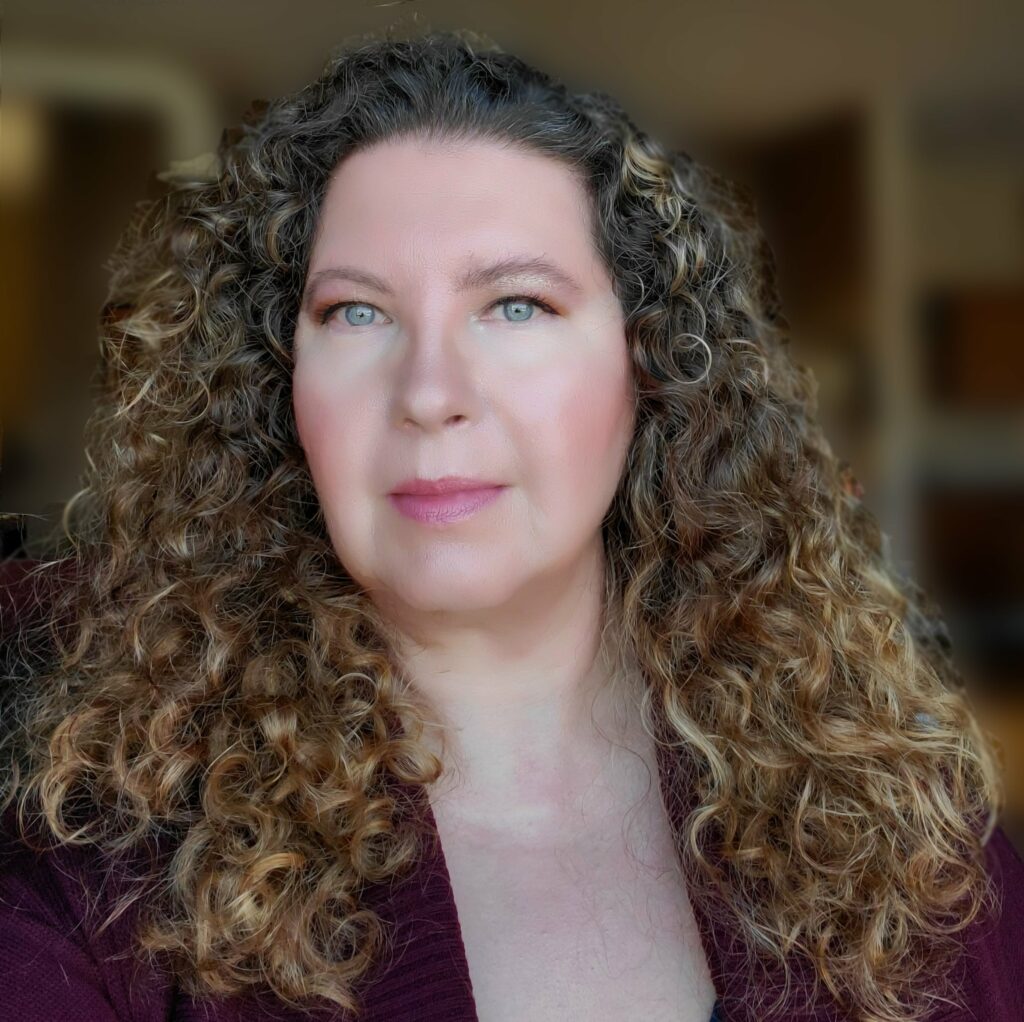
Bea leads Lee & Hayes’ International Practice where she advises on a variety of intellectual property matters including inventor agreements, drafting and prosecuting US and PCT patent applications, and managing international patent portfolios. Bea applies her knowledge of US patent policy and procedures to meaningfully advance her clients’ interests and enhance the business value of their assets.
Her technical expertise spans information security, artificial intelligence including machine learning, machine vision, data mining and related computer technologies, mechanical and electrical devices, energy management solutions, business methods, and financial technology. While her practice largely focuses on computer-implemented inventions, she facilitates international IP protection for clients across the firm with an emphasis on partnering with the right foreign counsel for each client.
Bea served as a Patent Examiner at the USPTO in the technologies of computer security and cryptography. She applies that experience to more efficiently prosecute applications for her clients. She has regularly been honored as one of the top 1000 patent practitioners worldwide by Intellectual Asset Magazine (IAM). Bea has long been active in the firm’s Diversity and Inclusion efforts and is passionate about supporting DEI initiatives in STEM and the legal profession.
Practice Tip:
My primary tip for new patent practitioners is to focus on answering questions related to “what” (performs an action or causes an action to be performed), and “how” (a result is achieved, or an action is performed or caused to be performed). Also, conduct an interview with the Examiner as soon as possible in prosecution, which can help you get on the same page in terms of claim focus.Bea enjoys speaking on many IP topics including how US activities shape the international patent landscape, drafting patent applications to computer-implemented inventions for successful prosecution in the US, China, Japan, Canada, and before the European Patent Office, patentable subject matter, patent quality in the US, international protection of intellectual property, and foreign filing license and inventor remuneration requirements.
Focus on answering questions related to “what” (performs an action or causes an action to be performed), and “how” (a result is achieved, or an action is performed or caused to be performed).

Mollie Smith
Shook, Hardy & Bacon
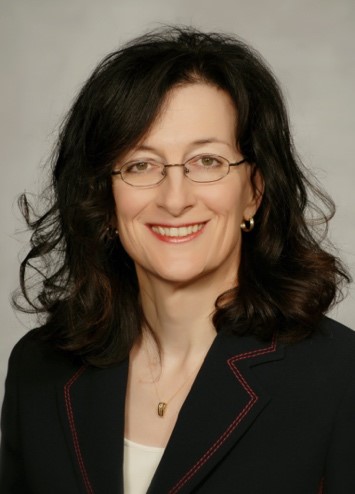
As a Patent Agent with 14 years of experience in the intellectual property field, Mollie applies her technical expertise to patent application drafting and prosecution, patent-product portfolio analysis, and related matters. Her practice focuses on computer software, applications of artificial intelligence, digital health, and technologies that fall under Technology Center 3600 at the USPTO. Mollie’s technical experience encompasses firmware, software, microcontrollers, digital electronics, and hardware/firmware integration, in the fields of avionics, remote sensing, and healthcare. She received her BSEE from the University of Missouri-Rolla (now the Missouri University of Science and Technology).
Practice Tip:
Under Mayo Step 2A (Prong Two) and Step 2B, don’t let the examiner ignore any of the “additional elements” in a claim. Examiners often focus only on hardware elements, using language such as “This judicial exception is not integrated into a practical application because the additional elements of processors and computer storage media are recited at a high level of generality . . . .” However, additional elements include any features/limitations/steps beyond the identified judicial exception. MPEP 2106.07. As described in the 2019 PEG Examples 37, 40, 41, and 42, these may include steps such as receiving, transmitting, collecting, transforming, generating, storing, and steps performed via a GUI. Other GUI-related features can also be additional elements. Use the combination of additional elements to attack the examiner’s boilerplate language. This can be especially effective under Step 2B in combination with the Berkheimer Memorandum (now incorporated into MPEP 2106.05(d)).
Don’t let the examiner ignore any of the “additional elements” in a claim … Use the combination of additional elements to attack the examiner’s boilerplate language. This can be especially effective under Step 2B in combination with the Berkheimer Memorandum (now incorporated into MPEP 2106.05(d)).

Ruthleen Uy
Kilpatrick Townsend & Stockton

Ruthleen Uy is counsel at Kilpatrick Townsend and Stockton in their San Diego office and has 19 years of patent experience. Ruthleen focuses her practice on the preparation and prosecution of patent applications in the computer, electrical, and mechanical arts including applications directed to computer architecture, computer hardware, databases, financial technology, mobile communications, mobile devices, and telecommunications. Additionally, Ruthleen has experience prosecuting applications in medical devices.
Practice Tip:
I find it extremely beneficial to discuss 35 USC 101 rejections (abstract idea rejections) with Examiners through Examiner interviews. When scheduling your interviews, make sure that your Examiner has authority to agree with you regarding arguments and amendments for overcoming 101. If your Examiner does not have the authority to indicate whether the arguments/amendments will overcome the 101 rejection, then try to get the Examiner’s Primary Examiner, Supervising Examiner, or the Technology Center (TC) specialist for the art unit to join your interview.
During the interview, I ask the Examiners what they look for in overcoming 101. For example, some Examiners want claims to be similar to the USPTO subject matter eligibility examples. Some Examiners are looking for specific hardware or specific software in the claims. Some Examiners want arguments laid out in a manner that clearly follows the eligibility analysis flowchart. I have also noticed that Examiners in an art unit tend to address 101 issues similarly. For example, in an attempt to be consistent, Examiners in one or more art units may agree that certain types of subject matter would overcome a 101 rejection. I usually ask my Examiners what the practice is for their art unit and try to determine arguments and/or amendments based on the current practice for their art unit.
Another option is to use tools that provide you with statistics on Examiners. You can see which arguments and types of responses (e.g., amendment, pre-appeal brief, appeal brief, etc.) worked in overcoming 101 rejections for certain Examiners.
Based on the recent guidance (2019 PEG), the number of 101 rejections (abstract idea rejections) being issued has decreased. Further, Examiners are more amenable to discussing arguments and/or amendments that they agree will overcome the 101 rejection, which is the suggested best practice for Examiners per MPEP 2106.07(a)(II) (“In the event a rejection is made, it is a best practice for the examiner to consult the specification to determine if there are elements that could be added to the claim to make it eligible. If so, the examiner should identify those elements in the Office action and suggest them as a way to overcome the rejection.”).
… Some Examiners want claims to be similar to the USPTO subject matter eligibility examples. Some Examiners are looking for specific hardware or specific software in the claims. Some Examiners want arguments laid out in a manner that clearly follows the eligibility analysis flowchart.

Linda M. Vierra
Bryan Cave Leighton Paisner
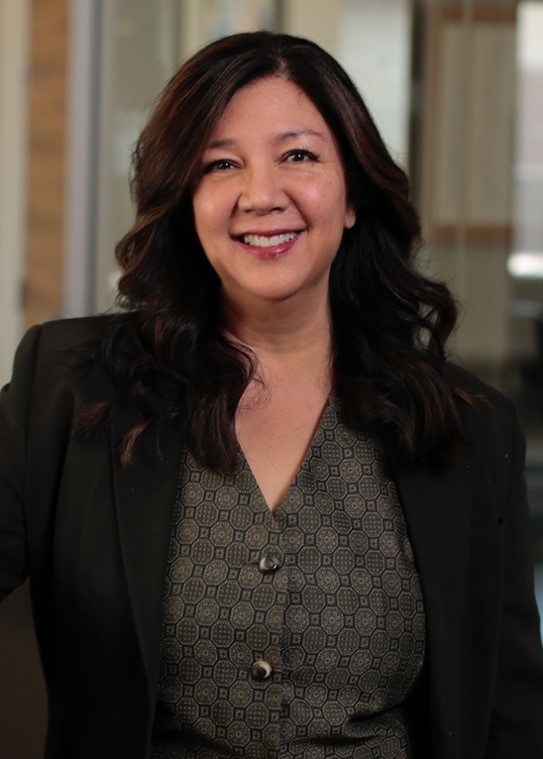
Linda M. Vierra is a registered patent attorney whose practice focuses on intellectual property law including drafting patent applications and patent prosecution. Her legal experience encompasses areas of computer science, artificial intelligence, machine learning approaches, mobile applications, and business applications. Linda has a B.S. in molecular biology and a B.A. in economics. Prior to joining Bryan Cave Leighton Paisner, Linda’s legal experience encompassed all areas of complex litigation with a law firm in Oregon.
Practice Tip:
Here is a tip that I use as a constructive way to engage with a patent examiner during prosecution of a patent application for a 101 or a prior art rejection from an Office Action:
Use each interview with a respective patent examiner for a 101 rejection as a collaborative experience rather than an adversarial one. During the interview, engage in a type of “active brainstorming” with the patent examiner based on support you can readily point to in the specification. Such an approach often leads to determining more than one way to amend the claims that move prosecution forward even when no agreement was reached in the interview.
Use each interview with a respective patent examiner for a 101 rejection as a collaborative experience rather than an adversarial one… Such an approach often leads to determining more than one way to amend the claims that move prosecution forward even when no agreement was reached.

Jennifer A. Wilson
Buchanan Ingersoll & Rooney
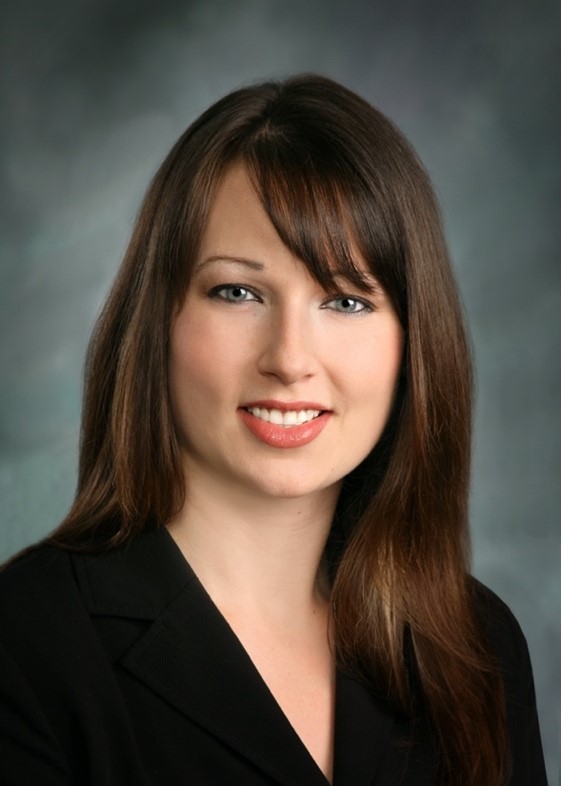
Jennifer Wilson is a patent agent in Buchanan’s Intellectual Property section. Her practice focuses on the representation of high-technology clients in connection with patent prosecution in the electrical and mechanical fields. She prosecutes domestic and international patent applications in a range of technologies including computer/business methods, semiconductors, computer architecture and wireless technologies. Early in her career, Jennifer served as a patent examiner for the USPTO within its electrical division, where she reviewed U.S. and international patent applications in a wide range of technologies, including transformers, capacitors, inductors, converters, integrated circuits, semiconductors, electrical switches and ignition coils.
Jennifer earned a B.S. cum laude, in Theoretical Physics from the Edinboro University of Pennsylvania. While earning her undergraduate degree, she conducted research in the Astronomy and Astrophysics Laboratory at the Pennsylvania State University, where she assisted in the development of a double pendulum for gravitation wave detectors for the LIGO (Laser Interferometer Gravitational-Wave Observatory) project. Jennifer has also conducted research in the areas of fluid dynamics at the Ohio State University where she focused on yield stress transition in gas fluidized sand.
Practice Tip:
It is important to note that each patent eligibility rejection raises its own challenges. Although individual tips will not necessarily fit all circumstances, the following are some items I have found to be useful in starting an analysis and in presentation to examiners:
- Verbal discussions with an Examiner can sometimes be very beneficial. Some Examiners will be straight forward in what they (or the SPEs) are looking for in either claim amendments and arguments, so going this route first could reduce your work in the long run.
- For each step of the Alice test, if the Examiner has improperly applied the wrong standard and has not properly followed the USPTO guidelines, you should explain what the proper standard is and present detailed arguments as to where/how the Examiner has failed to properly follow the USPTO guidelines.
- Try to compare/equate your claims to a claim of the USPTO examples (e.g., 2019 PEG Examples 37-42 or October 2019 Examples 43-46). Because Examiners are trained on a basis of the PEG and these USPTO examples, this can significantly increase your chances in overcoming a 101 rejection.
- If possible, reference portions of the specification when arguing under Step 2A, Prong I. For example, when presenting arguments against an Examiner’s assertion that the claims are directed to the “certain methods of organizing human activity” grouping of abstract ideas, argue that the claimed recitations (particularly those identified by the Examiner) do not fall within the scope of this grouping’s enumerated sub-categories (e.g., fundamental economic principles or practices, commercial or legal interactions, managing personal behavior, and relationships or interactions between people) and point to portions of the specification for support. When presenting arguments against an Examiner’s assertion that the claims are directed to the “mathematical concept” grouping of abstract ideas, argue that the claims are merely based on or involve a mathematical concept and that they are not directed to nor recite a mathematical concept itself (i.e., the claims are not limited to a mathematical concept). Be sure to reference portions of the specification in support. Finally, when presenting arguments against an Examiner’s assertion that the claims are directed to a “mental process,” argue that claimed recitations (particularly those identified by the Examiner) cannot be performed mentally or with a pen and pencil as they recite technologies that cannot be performed by human mental work. Reference portions of the specification in support.
- Reference portions of the specification when arguing under Step 2A, Prong II that the claim recitations integrate any alleged abstract idea into a practical application. Explain the technological problems associated with conventional systems and methods (and point to portions of the specification – typically the background section). Then, explain how the claimed invention provides a technical solution to and improves upon the problems associated with the conventional systems/methods. Be sure to point to specific claim recitations (i.e., meaningful recitations) and reference specific portions of the specification that discuss the technological improvements.
- Finally, reference the PEG/update when applicable in support of your arguments.
If possible, reference portions of the specification [both] when arguing under Step 2A, Prong I … and under Prong II when arguing that the claim recitations integrate any alleged abstract idea into a practical application.
Disclaimer – “The statements and views expressed are the personal opinions of the individual contributors. They are intended for general informational purposes only, and do not constitute legal advice, legal opinion, or the views of a contributor’s law firm.”



No comment yet, add your voice below!